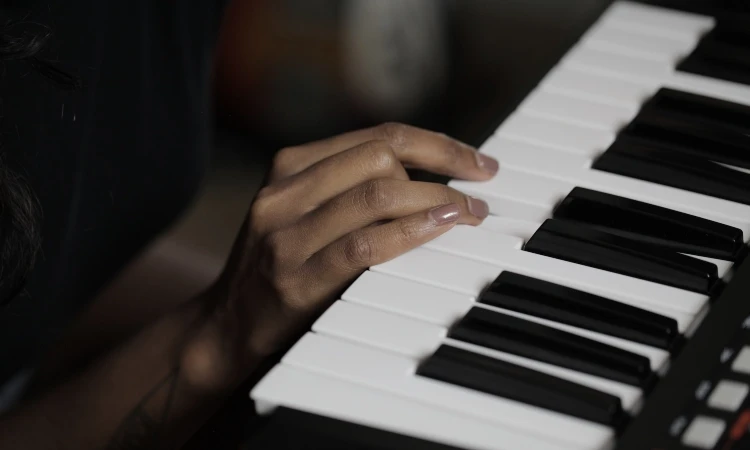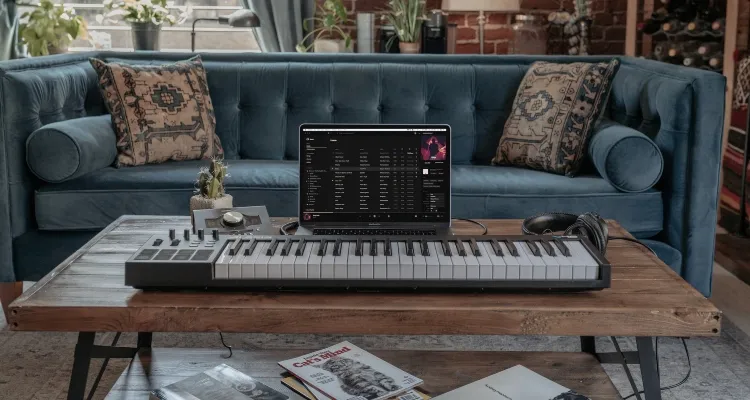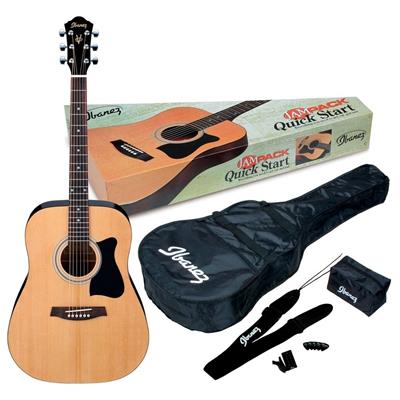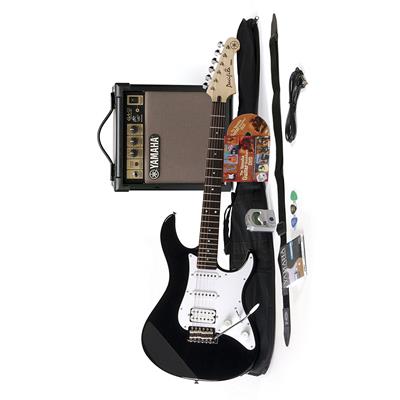MIDI controllers are essential tools for musicians, producers, and composers in the ever-changing world of music production and performance.
These versatile instruments connect the physical and digital worlds, enabling artists to express their musical ideas with accuracy and imagination.
In this article, we will explore MIDI controller keyboards in detail, including their definition, various features, and tips for maximizing their potential.
What Are MIDI Controllers
MIDI controllers, often referred to simply as MIDI keyboard controllers, are electronic musical instruments that provide a tactile interface for controlling software synthesizers, virtual instruments, and digital audio workstations (DAWs).
These keyboards do not produce sound on their own; instead, they generate MIDI data that can be used to trigger and manipulate sounds within compatible software.
MIDI controller keyboards usually have piano-style keys, but there are also options with synth-action, semi-weighted, or fully-weighted keys to match different playing styles. They come with various controls like knobs, faders, buttons, and modulation wheels, enabling accurate adjustment of sound settings.
Types Of MIDI Controllers

MIDI controller keyboards are not all the same. They come in different shapes, sizes, and styles. It’s important to pick the one that fits your music and what you need. Let’s take a closer look at the different types of MIDI controllers.
Compact MIDI Controllers: These diminutive keyboards are designed for musicians who prioritize portability. With typically 25 to 49 keys, they are perfect for traveling musicians or those working in tight spaces. Despite their small size, compact MIDI controllers often pack a surprising punch in terms of features, with assignable knobs, pads, and buttons.
Full-Size MIDI Controllers: If you’re a pianist or need the full range of a traditional piano, full-size MIDI keyboards are your go-to choice. Most popular are MIDI controllers with 88 keys or 61 keys, providing the full spectrum of musical notes. These controllers are excellent for playing intricate melodies, harmonies, or classical compositions.
Synth-Action MIDI Controllers: Synth-action keys are characterized by their lightweight and springy feel. Musicians who play synthesizers and electronic music genres often prefer them due to their rapid key response. These keyboards are ideal for creating expressive leads, basslines, and electronic textures.
Semi-Weighted MIDI Controllers: Offering a compromise between the weighted keys of traditional pianos and the light feel of synth-action keys, semi-weighted MIDI controllers strike a balance. They are versatile and comfortable for various playing styles, making them a popular choice among musicians who want expressive dynamics without the full weight of traditional keys.
Fully Weighted MIDI Keyboards: For pianists and those who desire the authentic feel of an acoustic piano, fully weighted MIDI keyboards are the answer. These keyboards replicate the resistance and response of a traditional piano, allowing for nuanced expression. They are often chosen for classical music, jazz, and other genres where a piano-like touch is essential.
Hybrid MIDI Controllers: Some MIDI keyboards combine different key types within a single instrument. For example, a hybrid MIDI keyboard might have fully weighted keys on the lower range and synth-action keys on the higher range. This configuration offers versatility for a wider range of musical styles and playing techniques.
Controller-Only MIDI Keyboards: If you primarily use software instruments and don’t need the keys, you can opt for controller-only MIDI keyboards. These compact devices focus on providing a range of knobs, faders, buttons, and pads for hands-on control of your virtual instruments and DAW, without the keyboard itself.
Every MIDI controller keyboard has its own benefits and is designed for specific musical tastes. When selecting one, think about your playing style, the genres you like, the space you have, and the features you need. Keep in mind that your MIDI keyboard is more than just a tool; it’s an extension of your musical expression. Therefore, choose a MIDI controller that feels perfect for you.
How To Use MIDI Controller Keyboards

MIDI keyboards are useful instruments that can be used in many musical situations, like recording or live performances. This guide will help you use your MIDI keyboard in different ways.
Recording in the Studio
To use your MIDI controller keyboard for recording in the studio, you need to set it up first. Connect it to your computer or digital audio workstation (DAW) using USB or MIDI cables. Make sure your DAW recognizes your MIDI controller as the input device. After that, you can select from many virtual instruments and software synthesizers in your DAW to enhance your project. Also, it’s important to choose a good controller. You can record with 25 keys but a better option would be 49 key MIDI controller.
Your MIDI controller is the perfect tool for unleashing your creativity. With it, you can easily record melodies, harmonies, and instrumental tracks. The keyboard’s velocity sensitivity allows you to add dynamics to your performances, giving your recordings an expressive and nuanced feel. Make use of the modulation wheel, pitch bend wheel, and aftertouch to add dynamic and emotional nuances to your recordings. Feel free to explore different sounds, articulations, and effects to shape your musical ideas and create one-of-a-kind compositions. Don’t be afraid to experiment and let your imagination run wild.
After you finish recording, you will move on to the editing and arranging stage. In this phase, you can make small adjustments to your recorded MIDI data using your digital audio workstation (DAW). You can align notes to ensure precise timing, modify velocities to enhance musical details, and combine different virtual instruments or tracks to create intricate and elaborate compositions. MIDI’s versatility enables you to explore different variations and transitions, making your music production process highly dynamic.
Live Performances
To get ready for live shows with your MIDI controller keyboard, pay close attention to the details. Make sure your MIDI keyboard is in great shape before going on stage. It’s smart to have a backup plan, like extra cables or even a second, some kind of beginner MIDI controller, in case there are any technical problems.
Customize the MIDI mapping of your controller to suit your live performance needs. Assign essential parameters like volume, filters, and effects to knobs, sliders, and buttons for easy access during your show. When performing live, play your MIDI controller confidently, delivering your music with passion and expression.
Utilize features like the modulation wheel, pitch bend, and other controller features to engage the audience with dynamic and emotionally charged performances. Be prepared to switch between different instrument sounds or presets seamlessly to maintain the flow of your live set.
Collaborative Music Production
In collaborative music production, your MIDI controller keyboard can facilitate remote collaboration with other musicians or producers. You can share MIDI files generated by your controller to exchange musical ideas and collaborate on compositions. This allows for creative contributions from various artists, enhancing the overall quality of your music.
Furthermore, MIDI data can be used to import patterns or performances into your virtual instrument library, enriching your sound palette and providing new sonic possibilities for your compositions. Collaborative music production with MIDI controllers opens up a world of creativity and possibilities, allowing you to work seamlessly with other artists and expand your musical horizons.
Conclusion
MIDI keyboards open up a whole new world of musical opportunities. Whether you’re a pianist, a synthesizer lover, or an electronic music producer, these versatile instruments allow you to bring your musical ideas to reality. With a MIDI keyboard at your disposal, you have the ability to shape and manipulate sound in ways that were once unimaginable.






